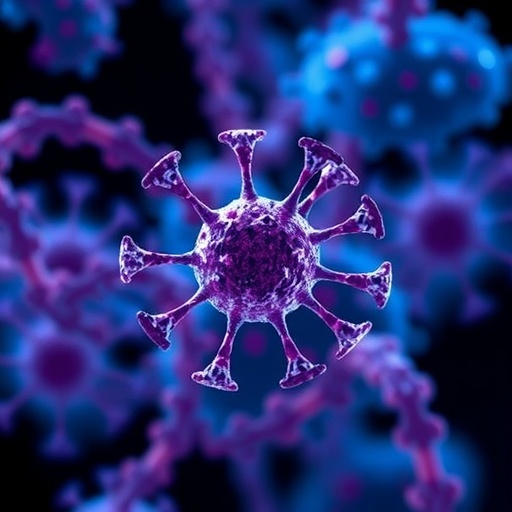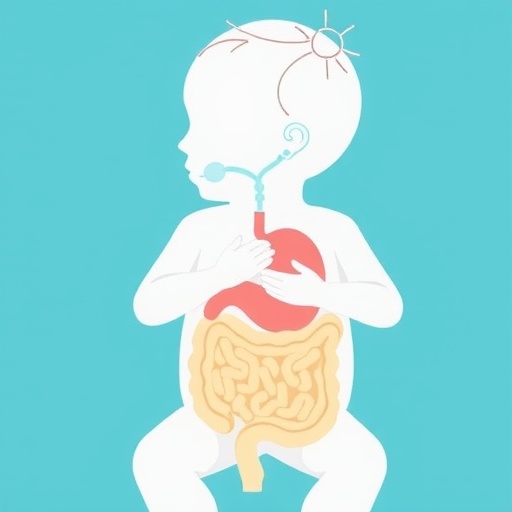A San Diego State University study found some parents who smoke at home can be nudged outdoors with a combination of coaching, lights and sound.
“Project Fresh Air” installed equipment in nearly 300 homes that flashed a warning light and emitted a tone whenever air monitors detected secondhand smoke. The result was an apparent near-20 percent reduction in smoking and other activity that set off the alerts.
Mel Hovell, who led the study at SDSU’s Center for Behavioral Epidemiology and Community Health, said his goal is to protect children from the harm associated with secondhand smoke–including asthma, bronchitis and ear infections.
“If they’re living in a home that’s contaminated by tobacco, they’re being damaged every single day,” he said. “If they’re breathing active smoke it’s even worse.”
The study was the first to combine motivational coaching on smoking with an immediate form of feedback, and follows decades of previous research by Hovell and others at SDSU on secondhand smoke and the residue from thirdhand smoke left on carpets, furniture and other household materials.
Families throughout San Diego County were invited to participate. All had at least one child under 14 (the average age was 4). Researchers provided up to four sessions of coaching aimed at encouraging smokers to take their habit outside.
When they didn’t, the smoke they produced caused a light on the installed home device to switch to yellow and the equipment to emit a low-frequency tone: three quick pulses. Continued exposure would lead to an even louder tone and a red light. The goal, Hovell said, was to reduce smoking inside the home by delivering almost immediate feedback.
Collecting data
Hovell’s team left the equipment in the homes for up to three months, including a one-month baseline period prior to the lights and sounds. They then crunched the data from a combined 27,443 days of measurement and compared them to a control group.
The figures showed a 19.35 percent reduction in the air “particle events” that triggered the alarms, compared to the period before the intervention efforts. In the control homes, particle events actually increased slightly.
“Smoking outdoors is relatively easy to do,” said Hovell. “Our job is to move them outside.”
###
Funding from the project came from the National Institutes of Health. Results were published in an article in the journal Tobacco Control.
Media Contact
Lainie Fraser
[email protected]
http://dx.




